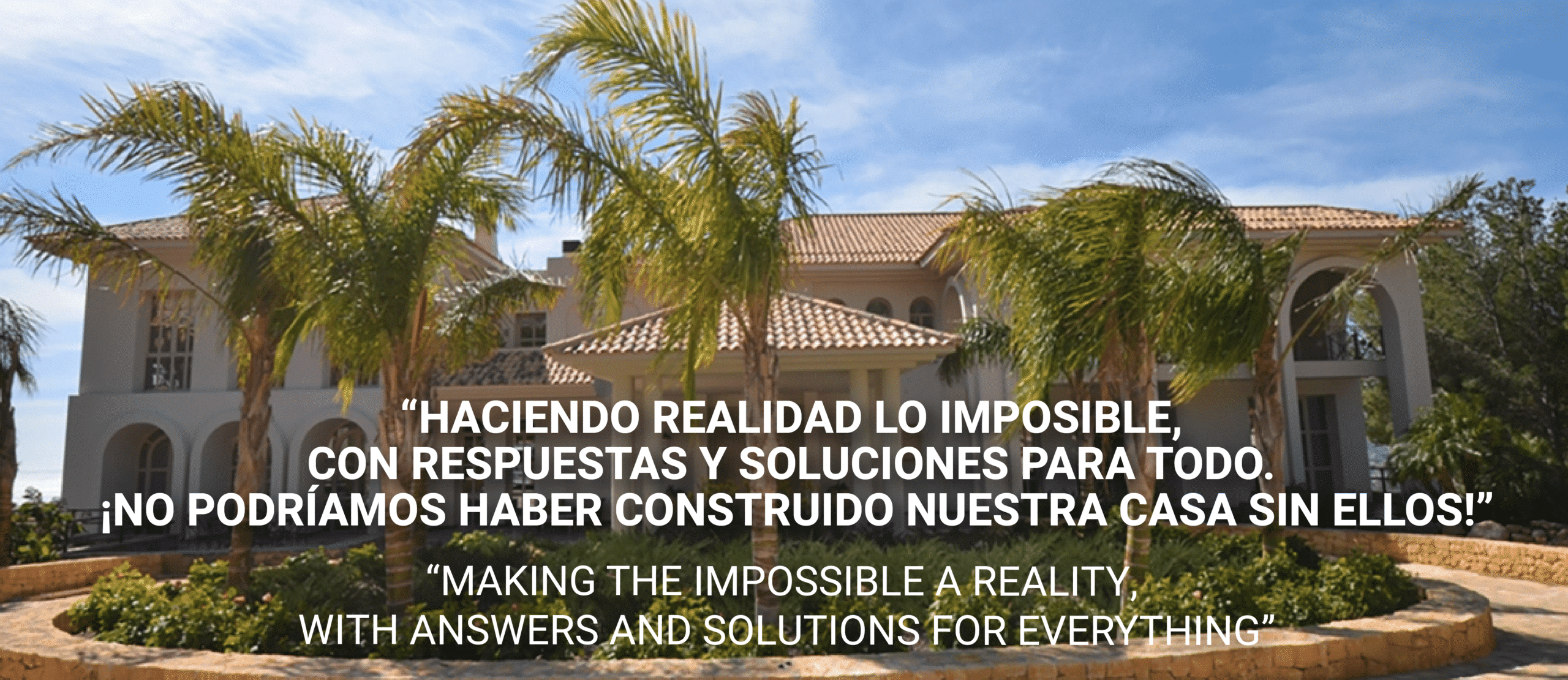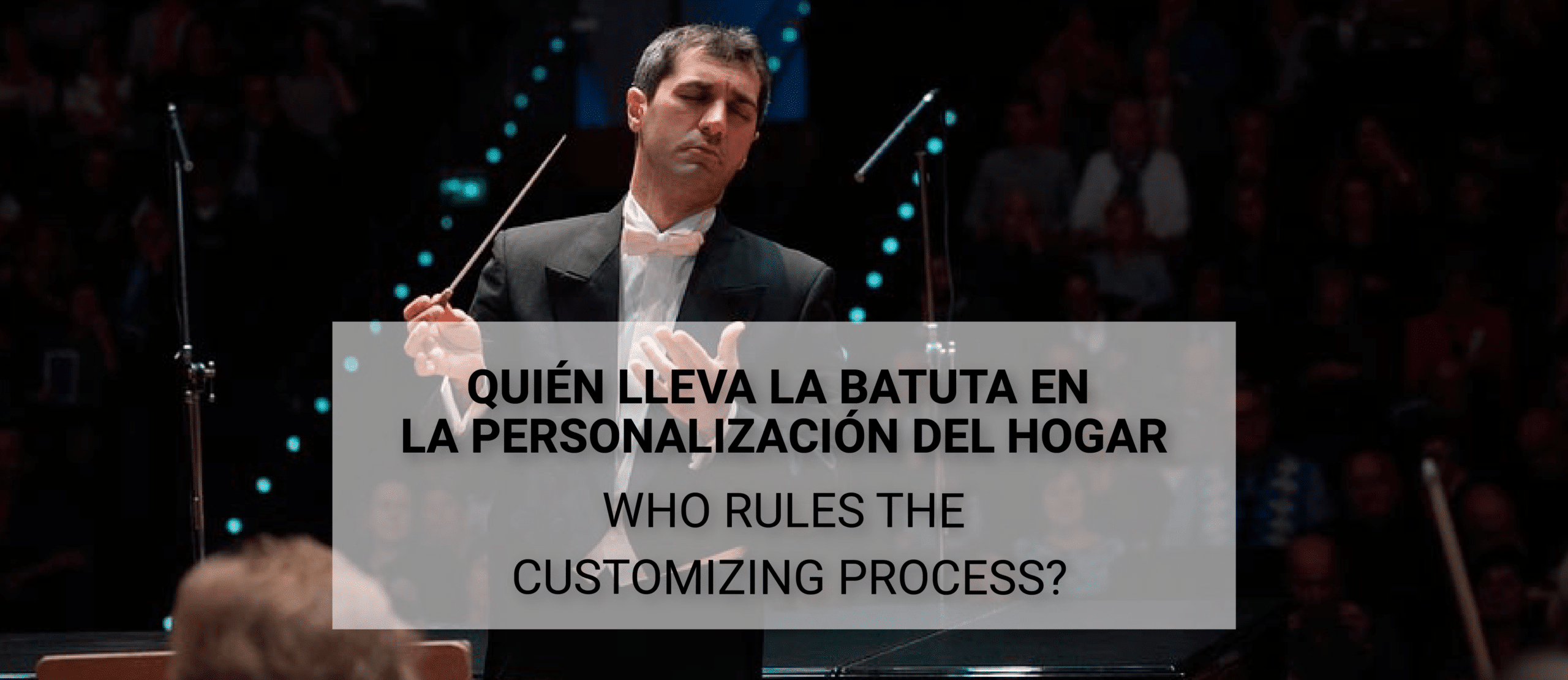The Construction sector has been one of those that has gained prominence during the COVID-19 crisis, first for maintaining its activity, later for being included in the Royal Decrees as being non-essential, causing like this its cessation, and finally for the resumption of the works. When the latter happened, special emphasis was placed on the security measures to be adopted by the workers; a security, on the other hand, that should be present throughout the year on worksites.
Construction is the sector that registers the highest labor accident rates, having closed 2019 with the death of 147 workers, something absolutely unacceptable. Some still tends to think that it is a low-qualified profession, when it is not at all like that. Bricklayers, formworkers, tilers, plasterers, crane-handlers and a long etcetera participate in building a house, being an absolutely specialized labour/workmanship.
Thinking about occupational risks in construction automatically brings us to mind when falling from a height; in cuts with metal, glass, sharp objects …; in entrapments produced by the heavy machinery that is handled; in blows to the extremities … However, there is a whole set of risks for workers that are not always repaired, despite how damaging they may be to their health.

The least visible risks
We refer to chemical risks, because during the construction of a building a lot of dust is generated, authentically mists when handling plaster, for example, which if inhaled can lead to respiratory problems, such as bronchitis. Other products, in direct contact with the skin, can lead to skin allergies, burns, etc.
Other risks come from the environment, by carrying out a large part of the activity outdoors, workers are exposed to the rigors of temperatures, both in summer and winter, and cases of heat stroke are frequently recorded. Likewise, noise, especially when working with machinery that performs mechanical operations, can not only generate professional deafness, but can cause accidents due to the impossibility of warning of dangers. Vibrations when handling equipment such as jackhammers are also a risk that can cause circulation and joint problems, back pain…
As we can see, there are many occupational risks that arise in a construction site, in which there are many forced positions in small spaces, many repetitive movements of manual operations are carried out … all in the framework of a physical activity that is already tough and demanding/exigent in itself.
Prevention as a guarantee
At Blues Simon Group we have always kept in mind that workers are not part of our capital or an asset of the company, but they are the Company. Taking care of them, protecting them is taking care of and protecting the Organization. For this reason, our commitment is to make the prevention of occupational risks an intrinsic part of the corporate culture, working to promote it from the foundations, that is, seeking the proper training and specific information on working methods and performing a correct organization of work.
It goes without saying that in each of our works we take specific and concrete measures to reduce the possibilities of the aforementioned risks: anti-fall nets, non-slip footwear, safety harnesses and anchors, clear signage, automation of handling of heavy loads, ergonomic studies of each workplace, wet methods to avoid mistsand when this is not possible then use filtering respiratory masks, etc. All this, with exquisite supervision and maintenance, that does not open the door to unintended consequences.
Therefore we will continue, very careful not to fall into complacency and being always aware that the protection of the Blues Simon Group family is a living process, of continuous improvement incorporating the latest procedural or technological developments that raise security guarantees.







Leave A Comment